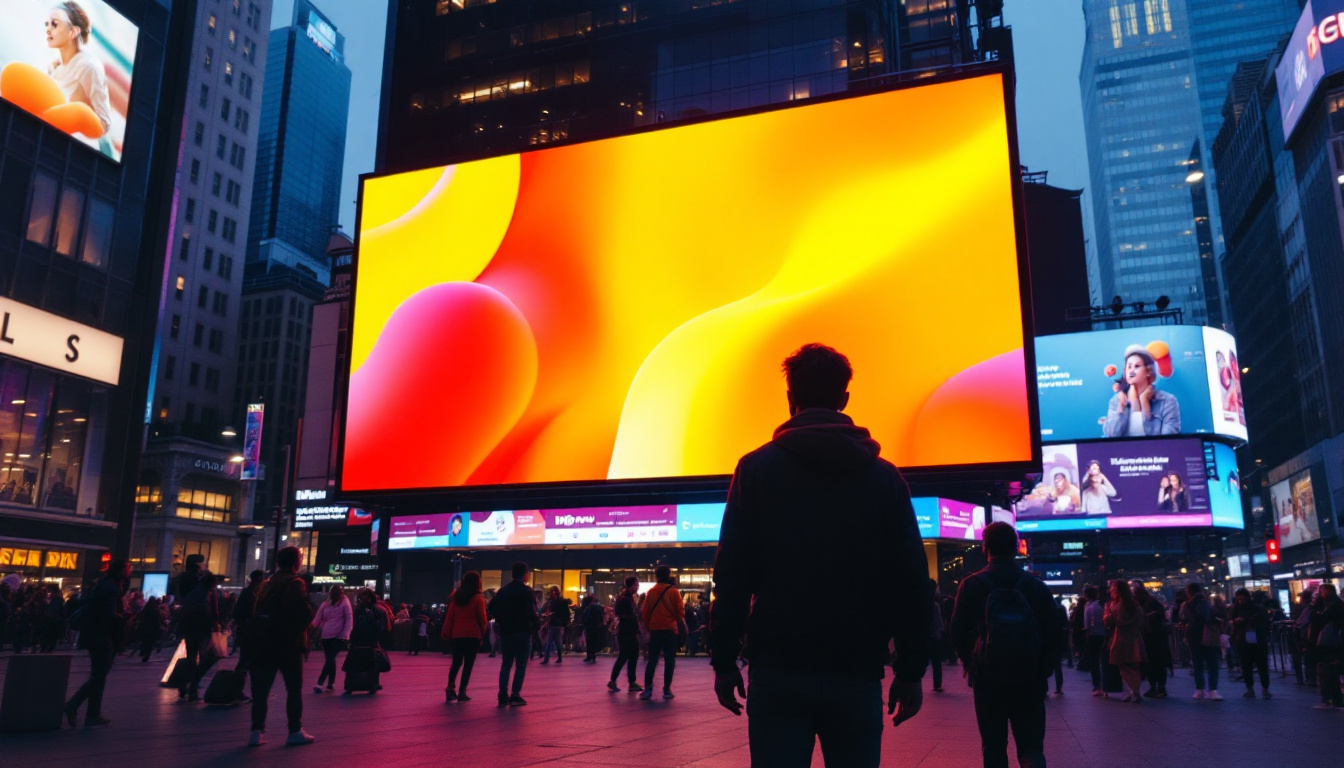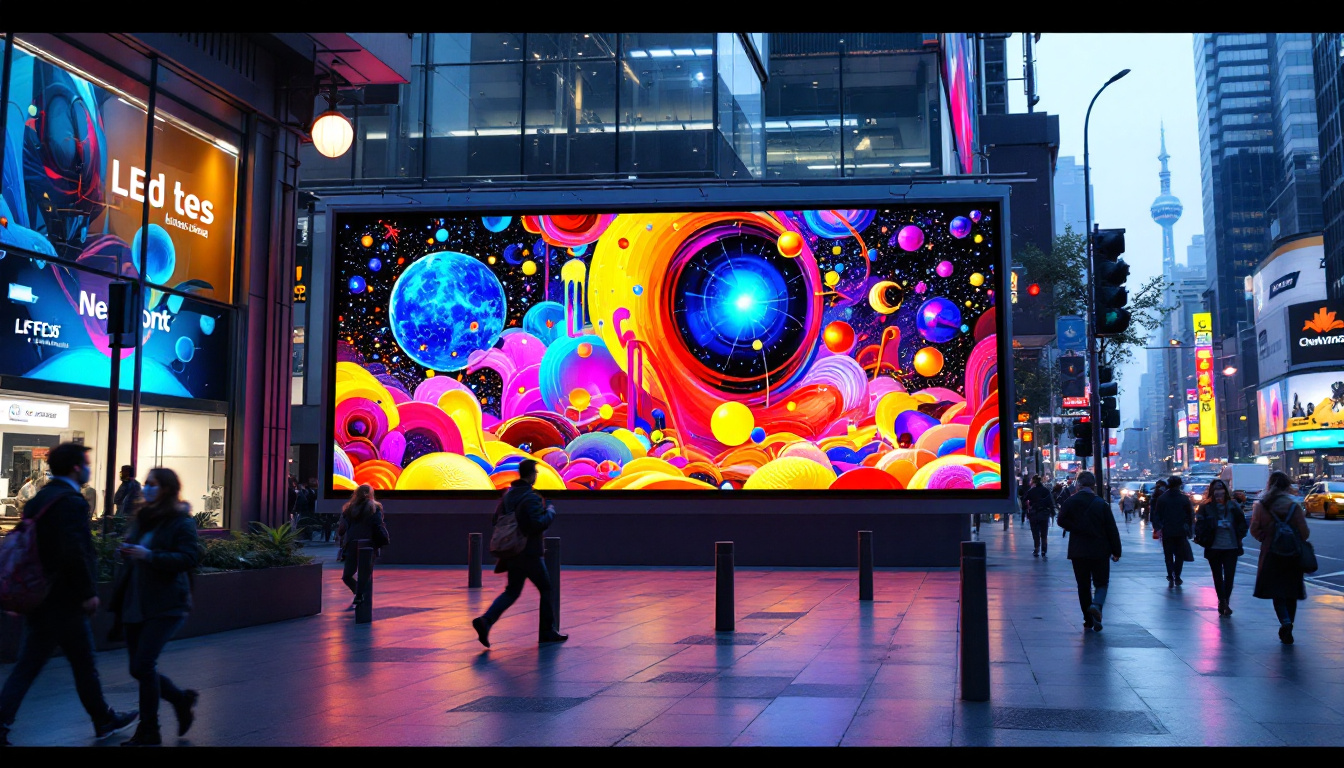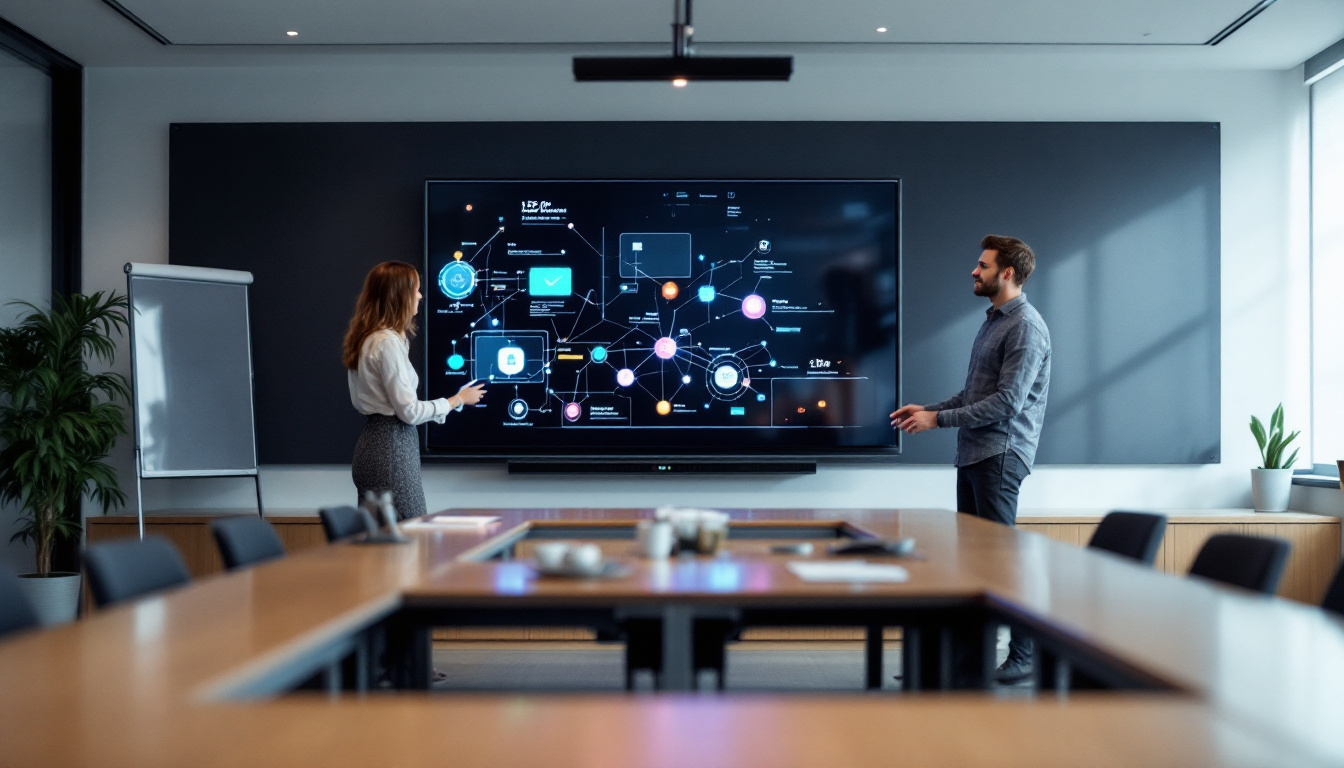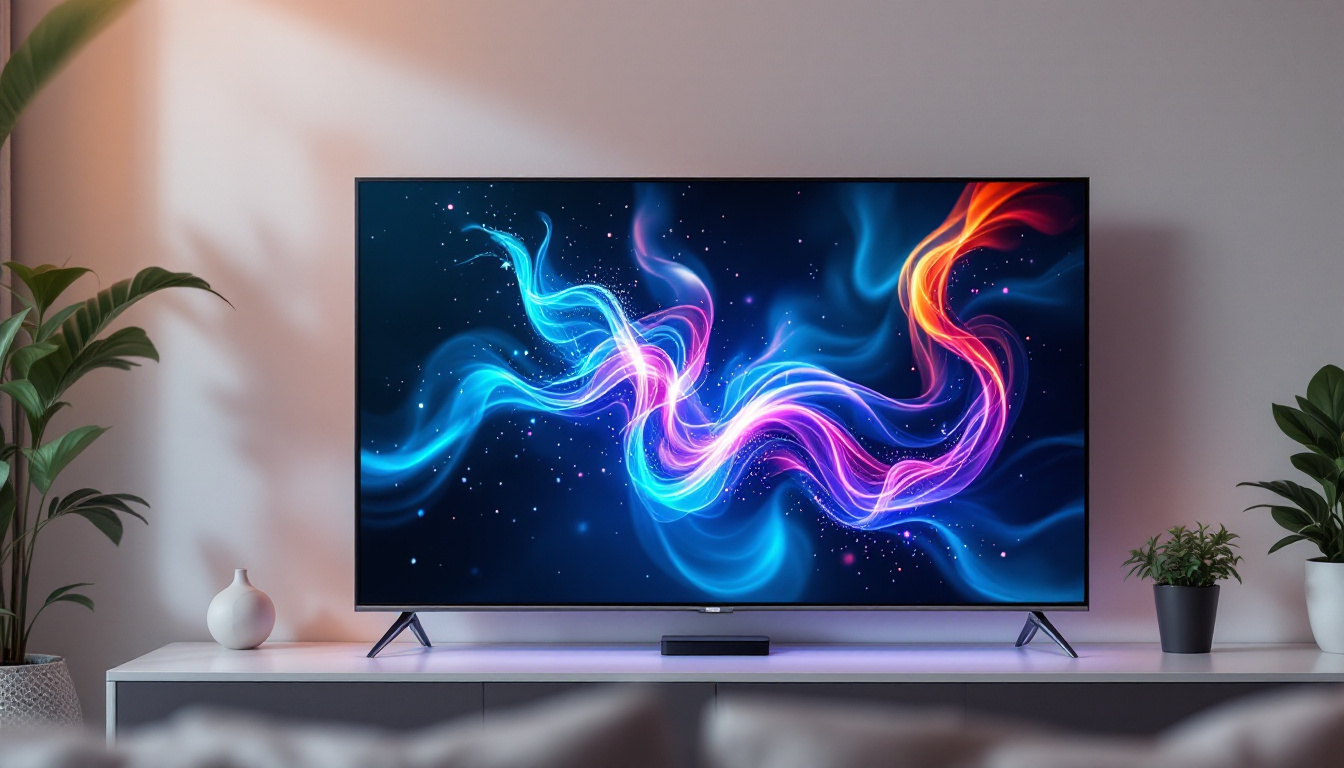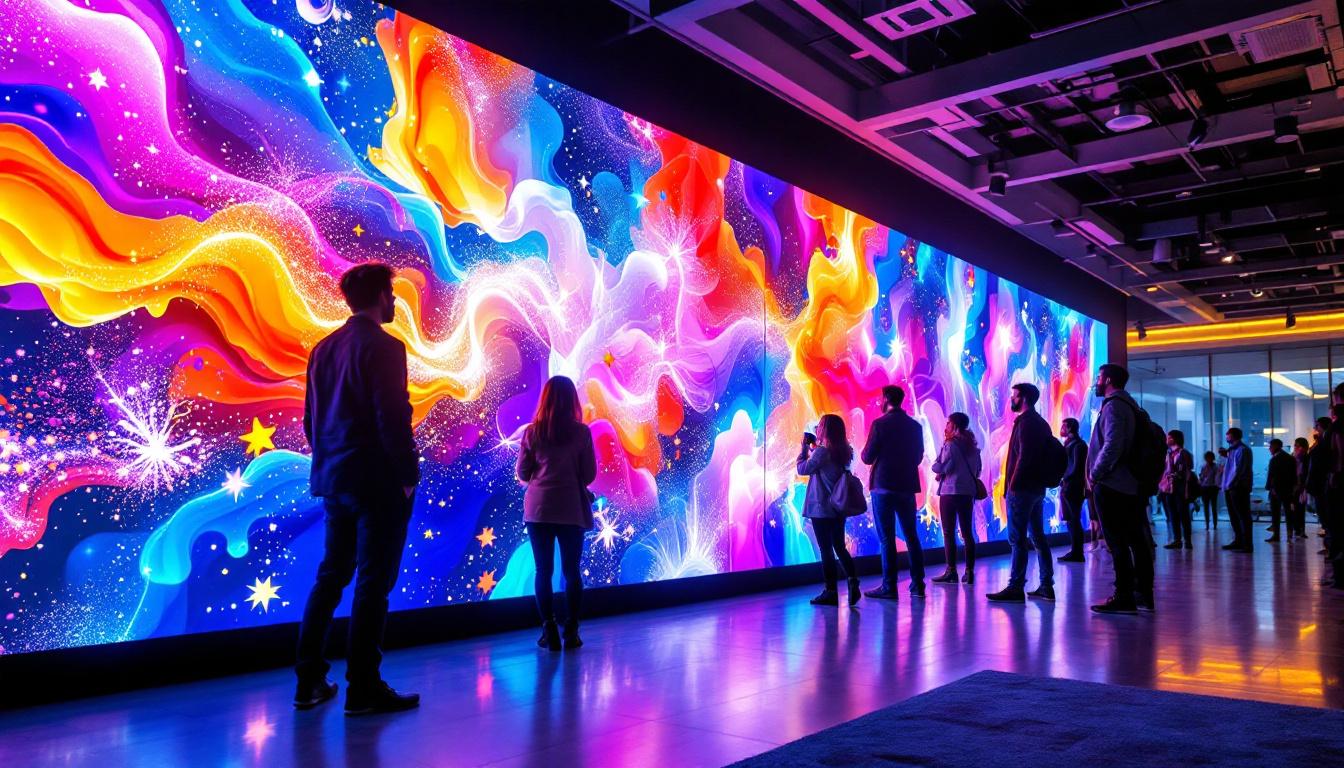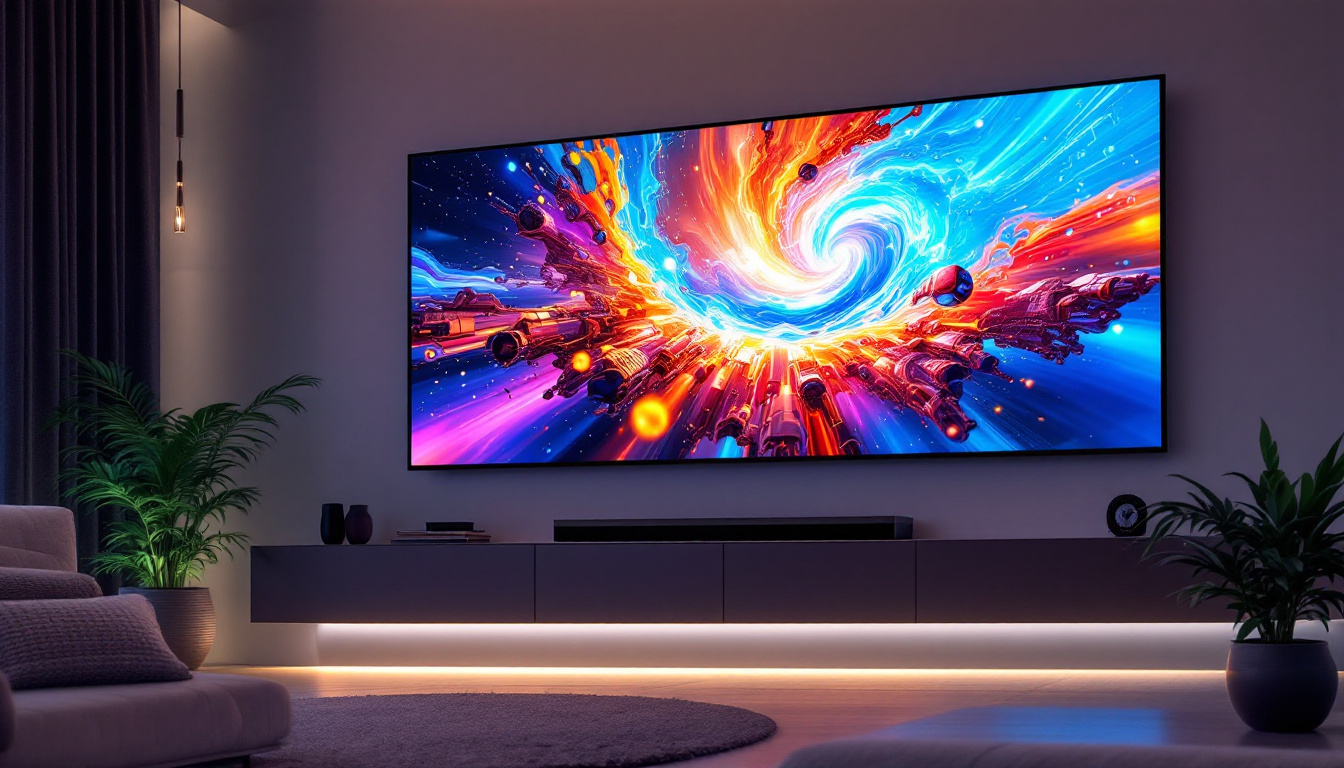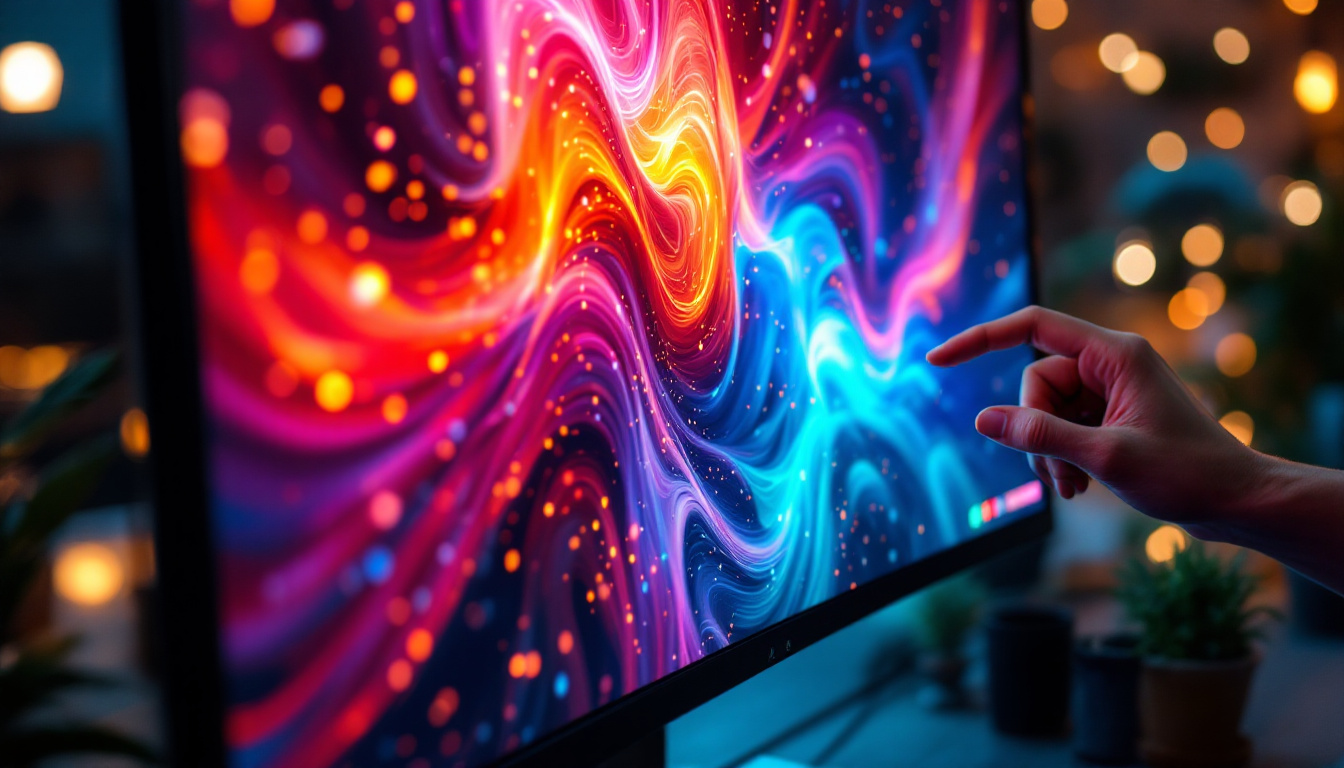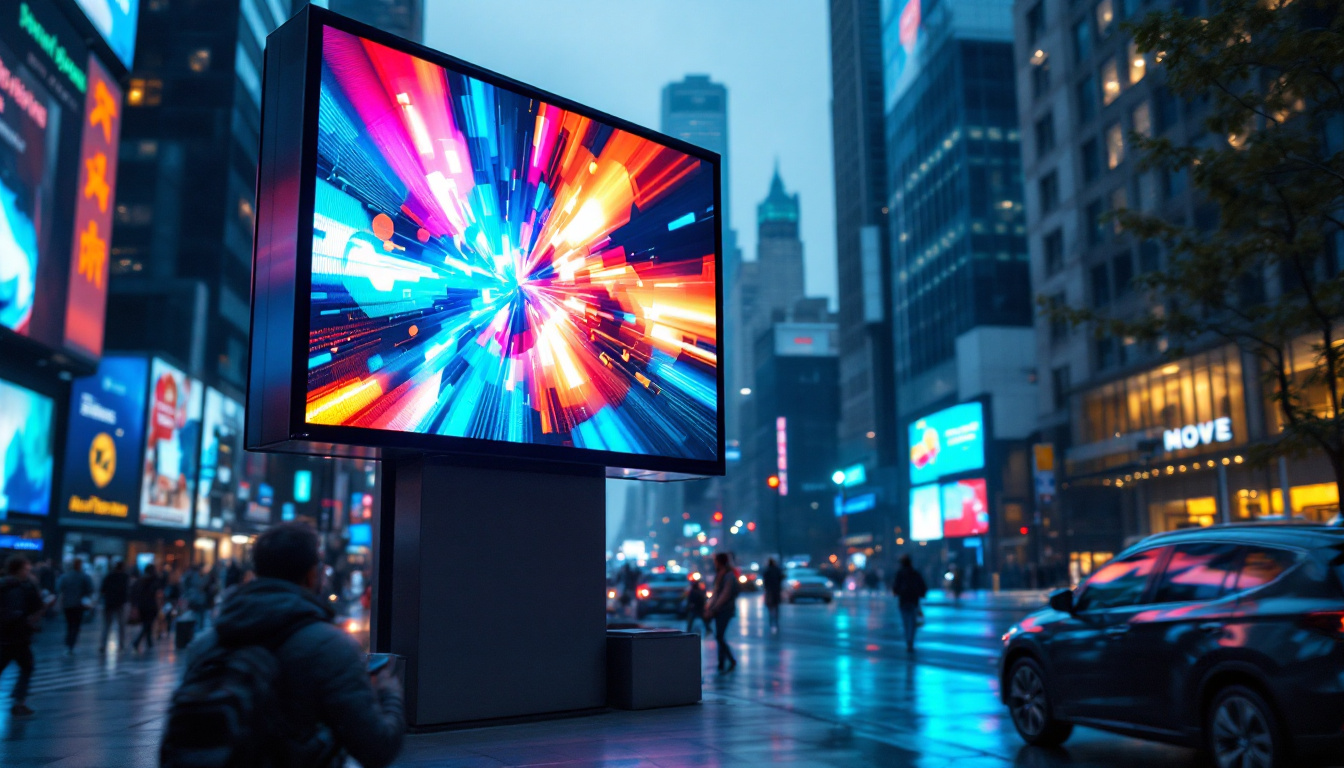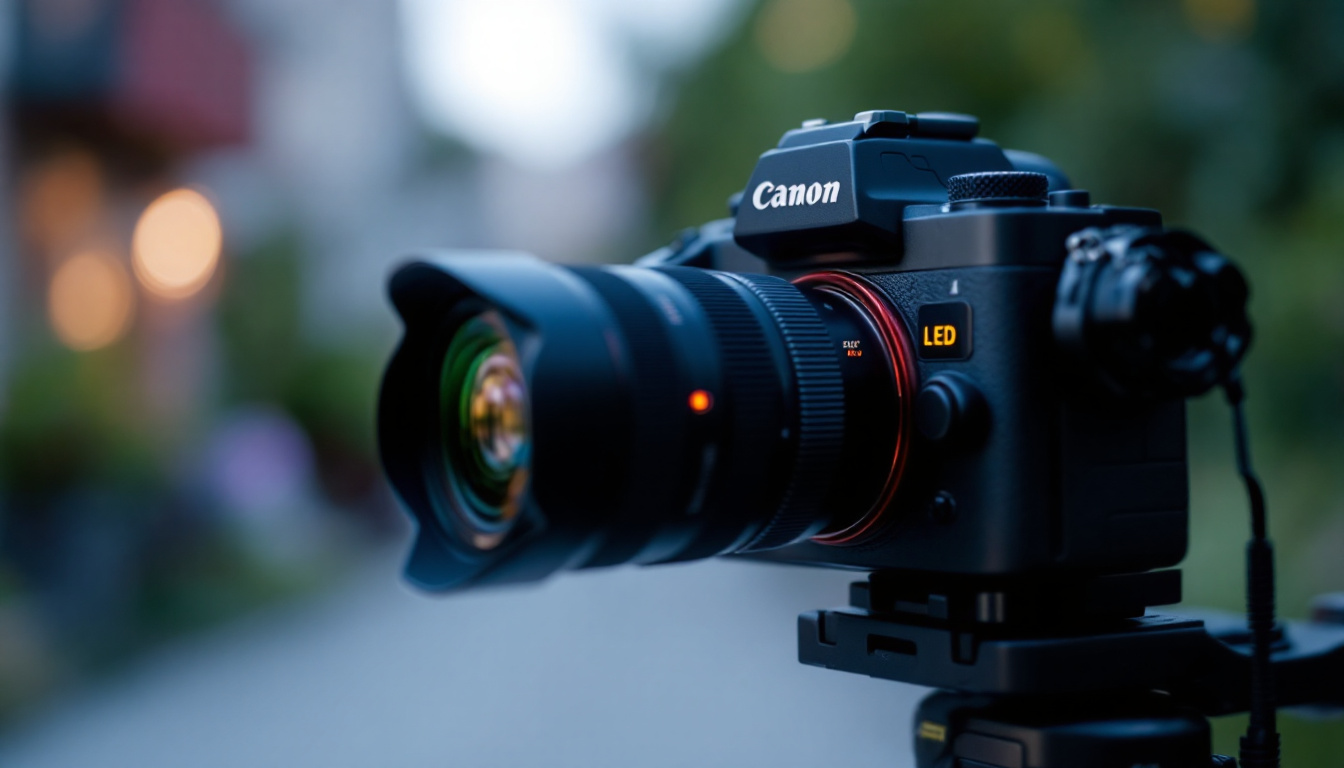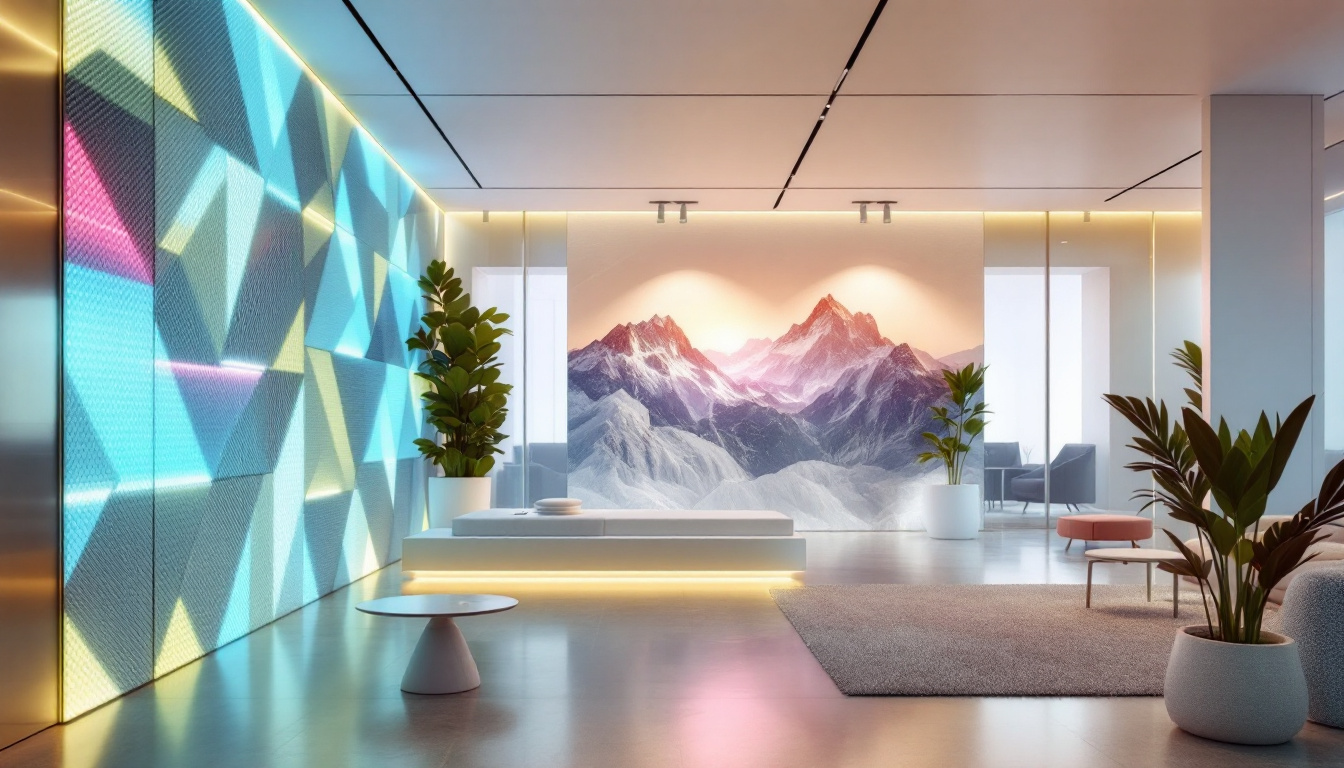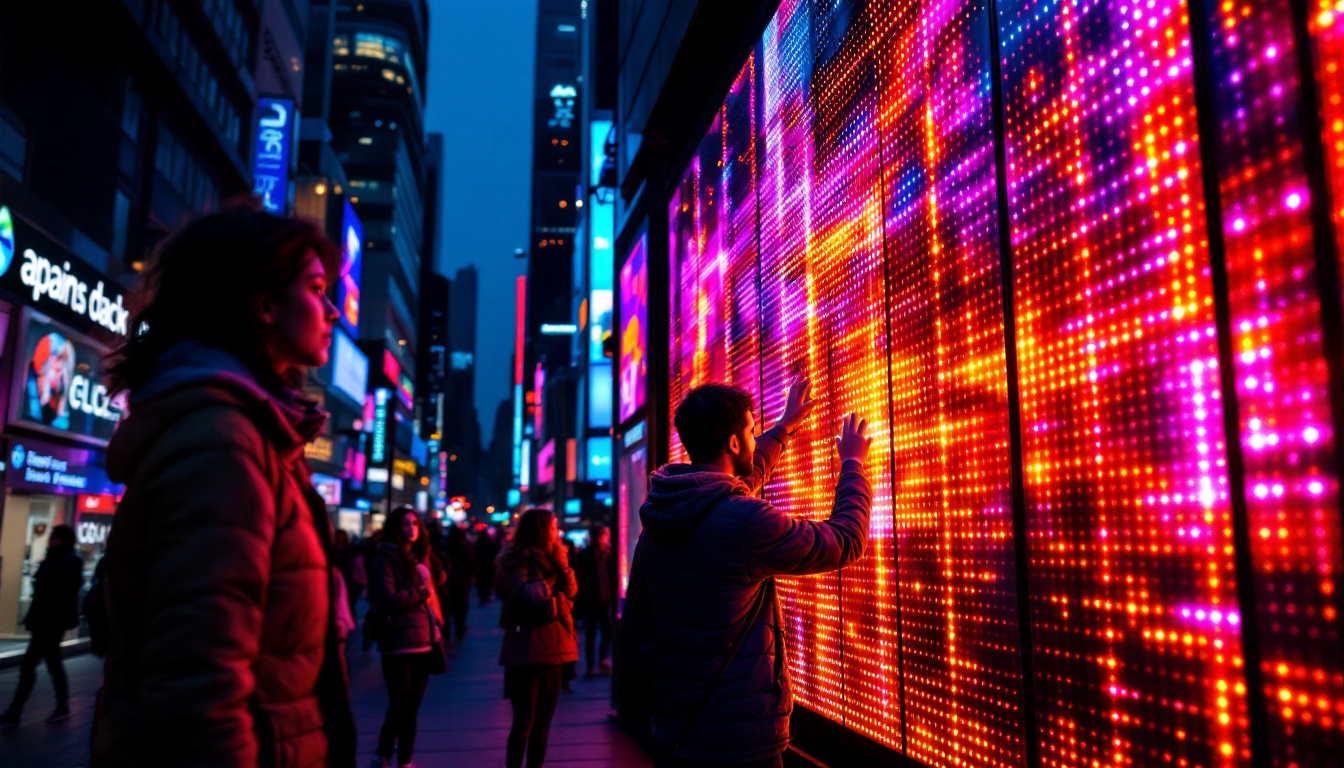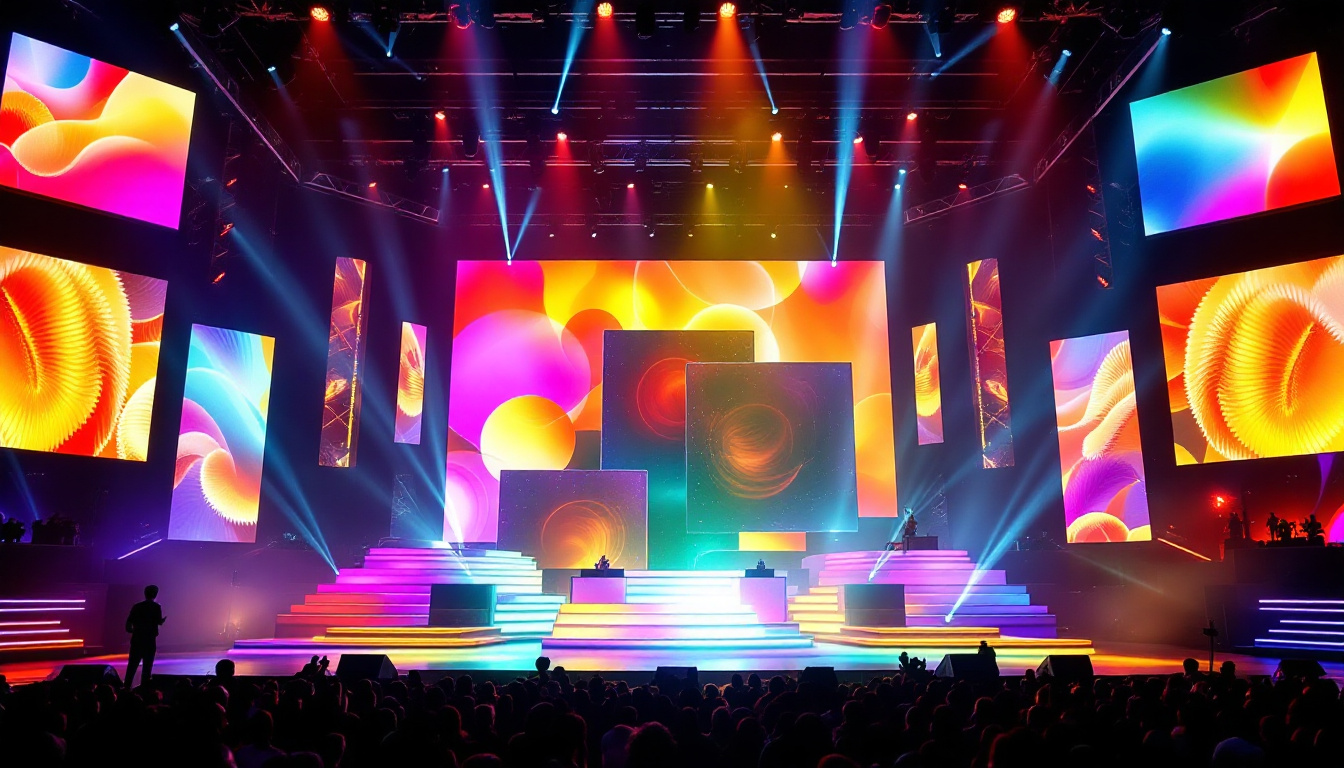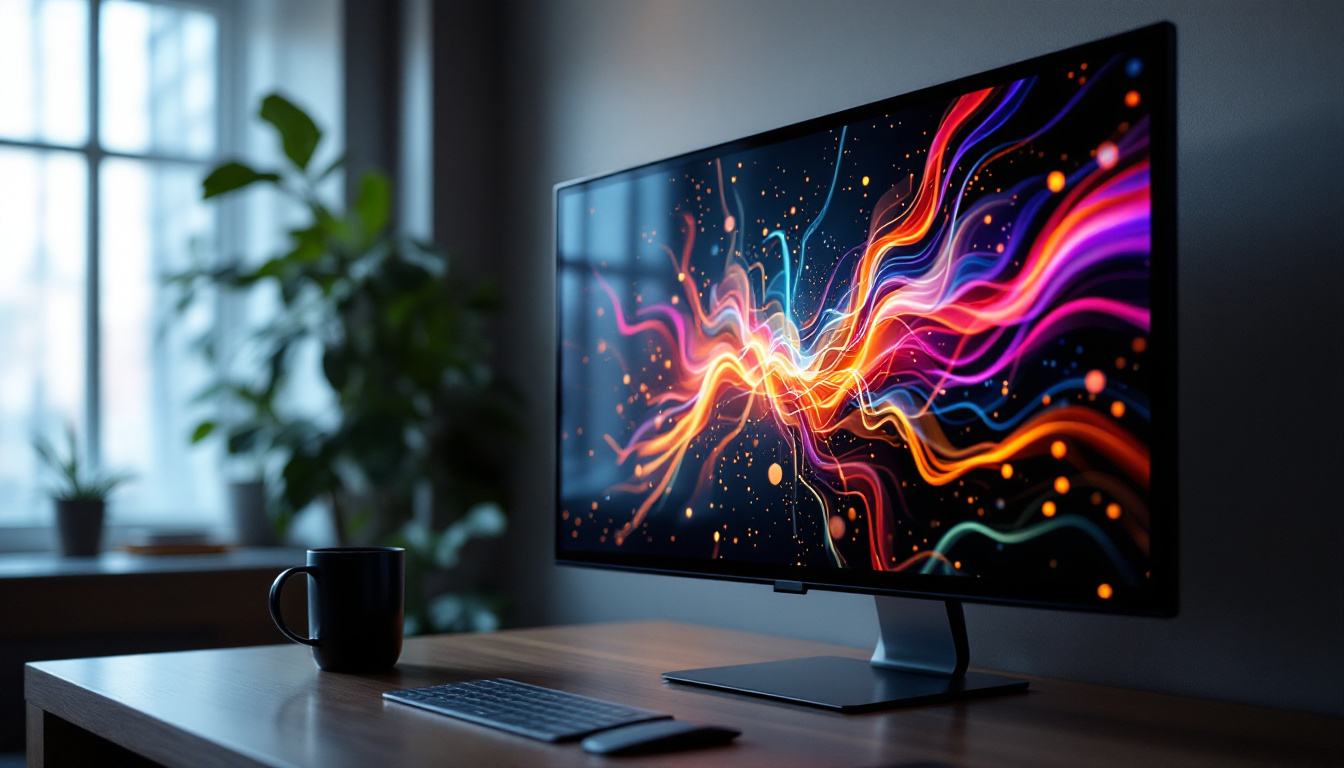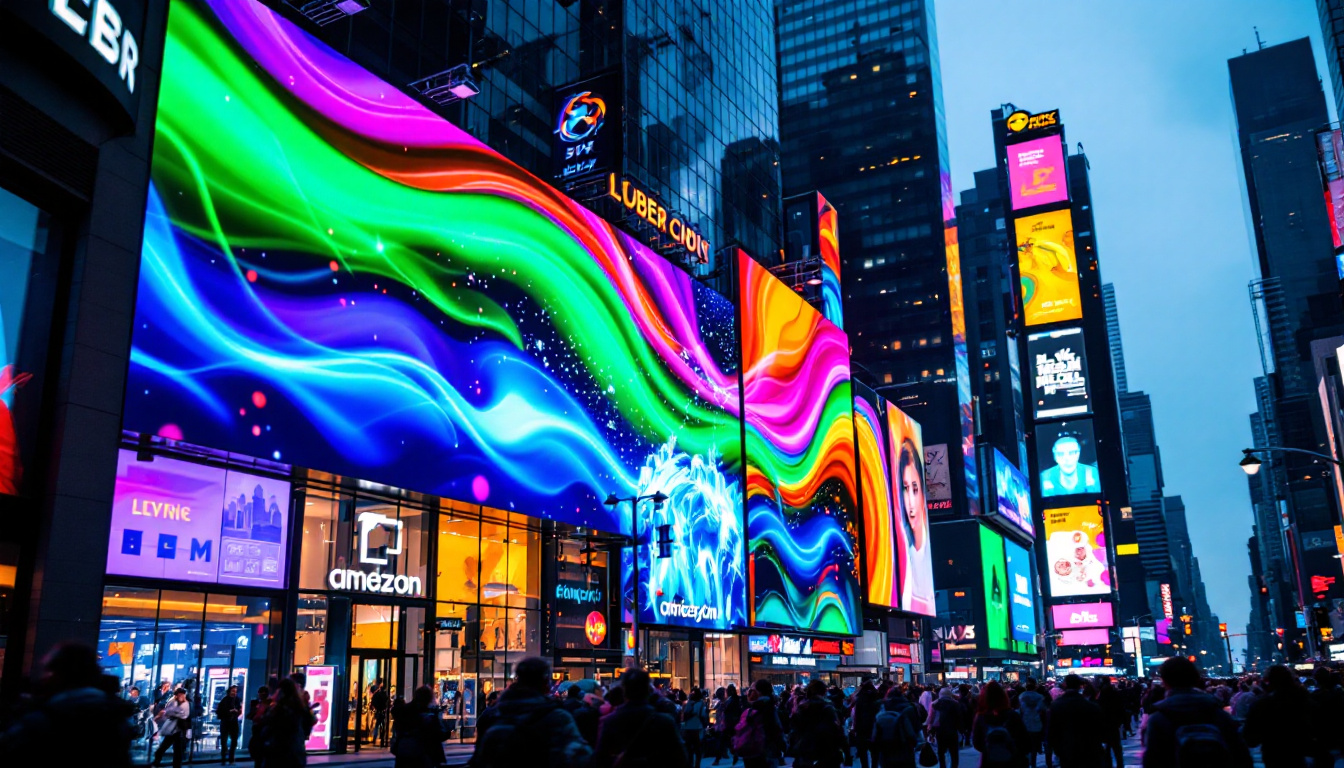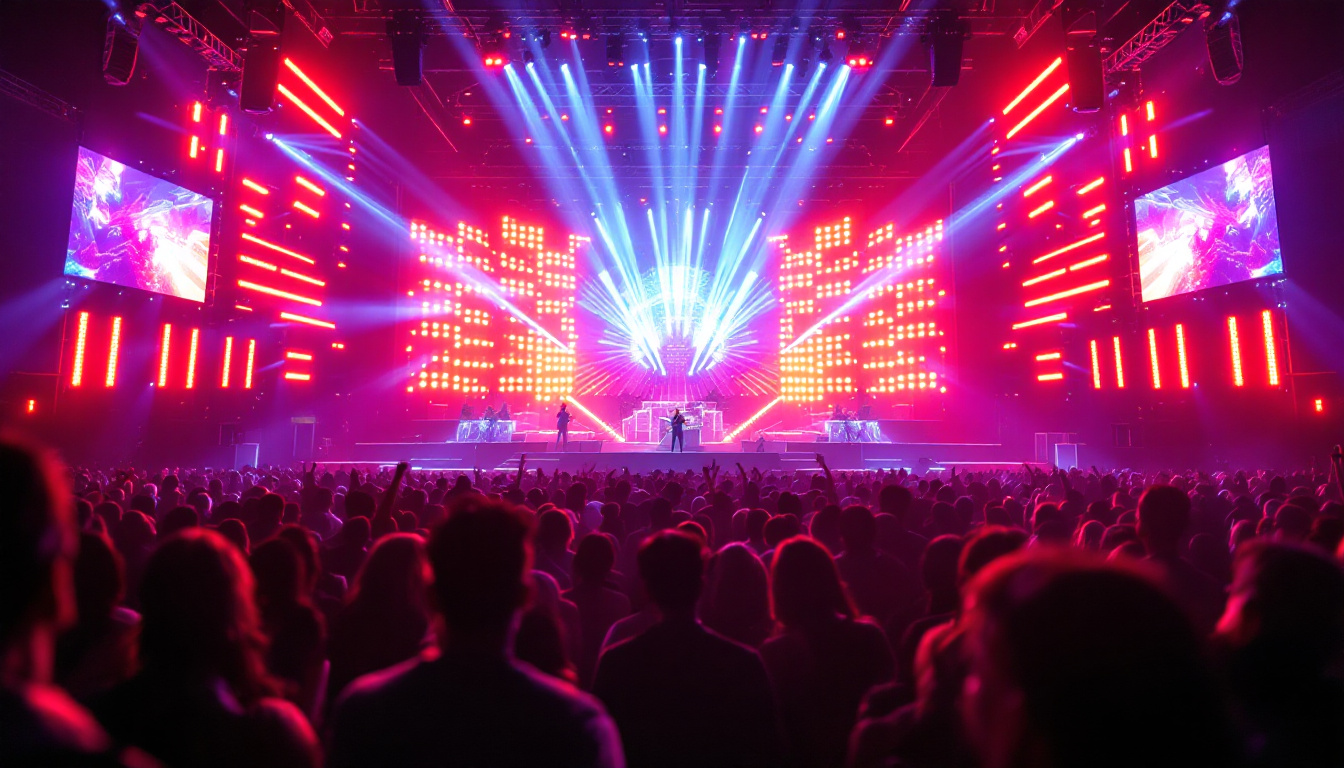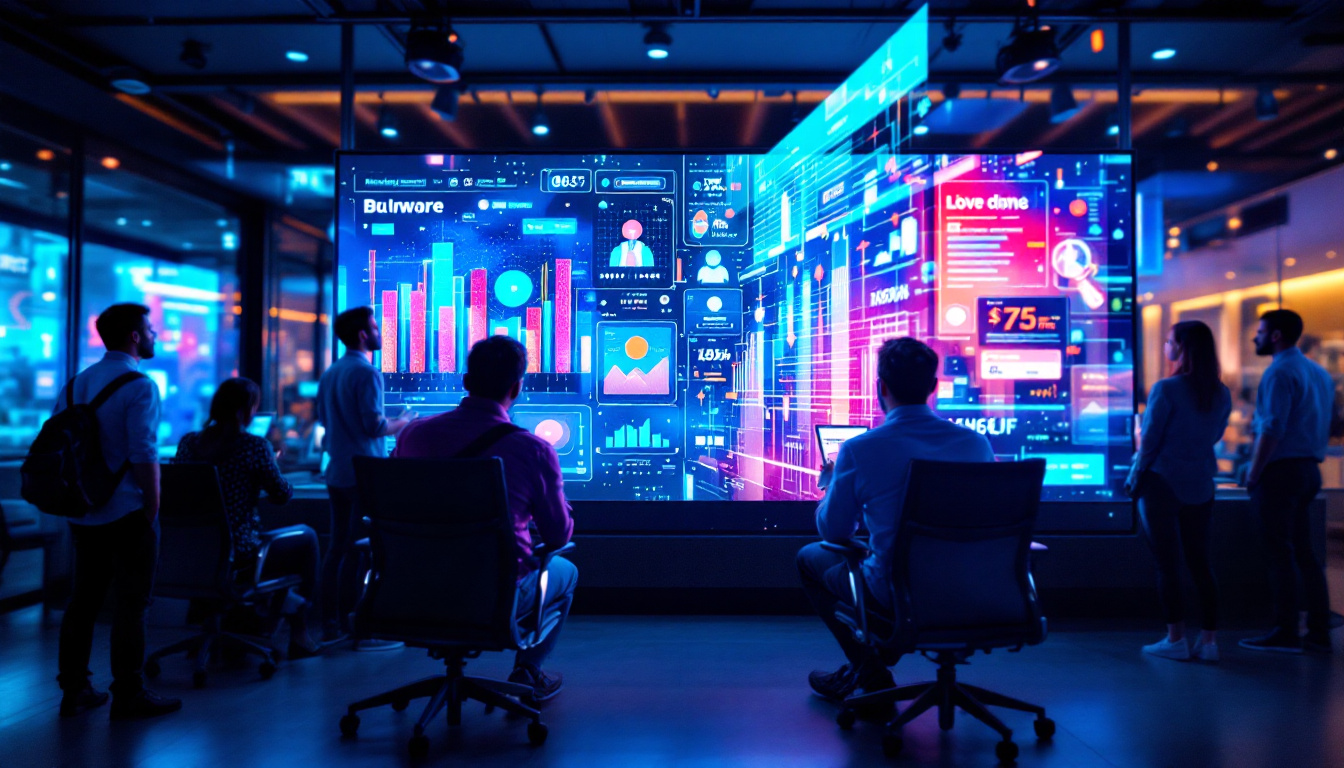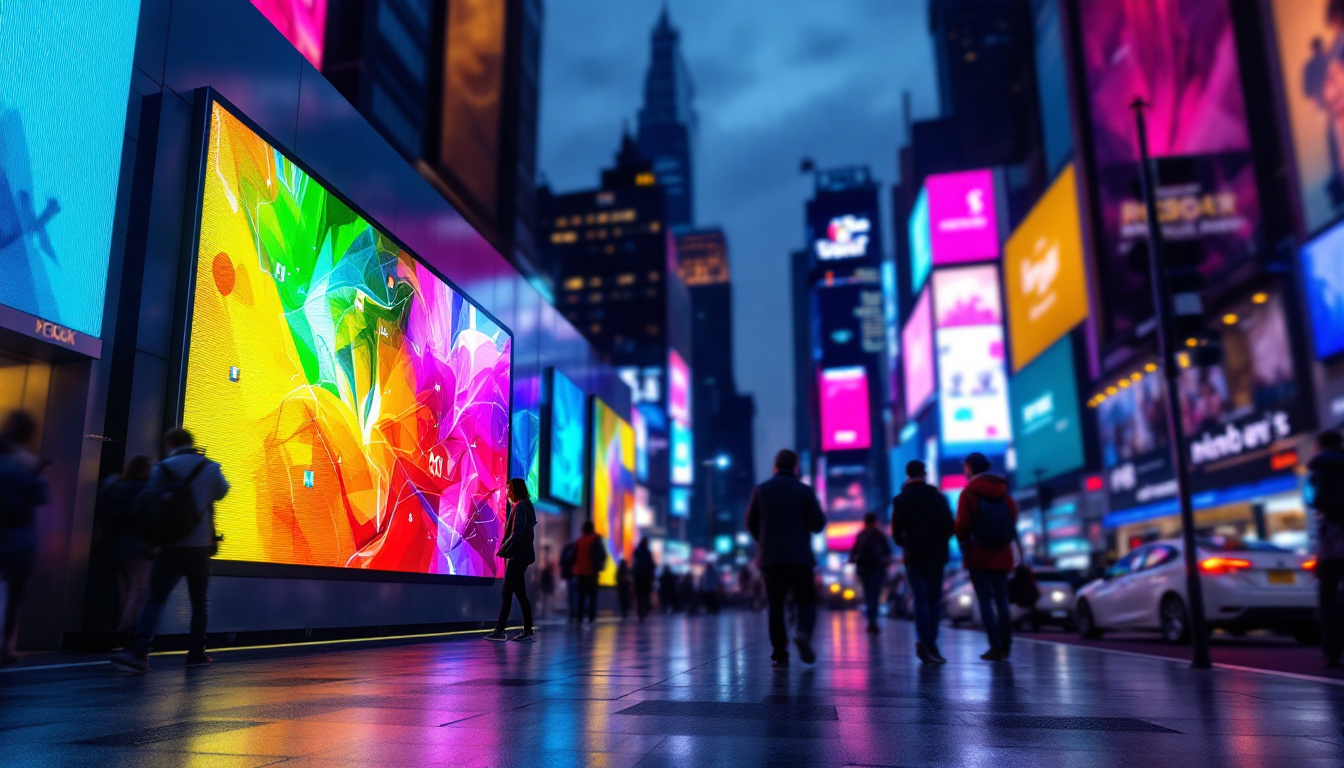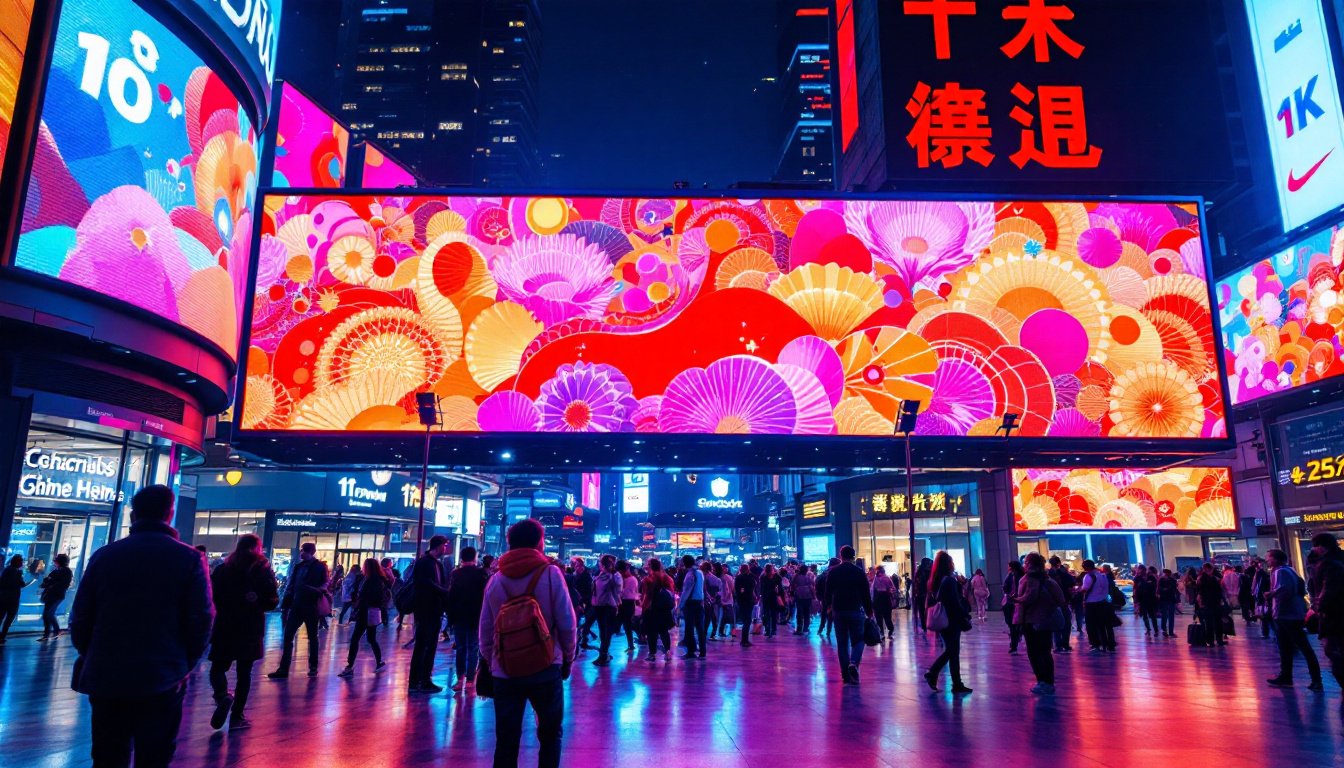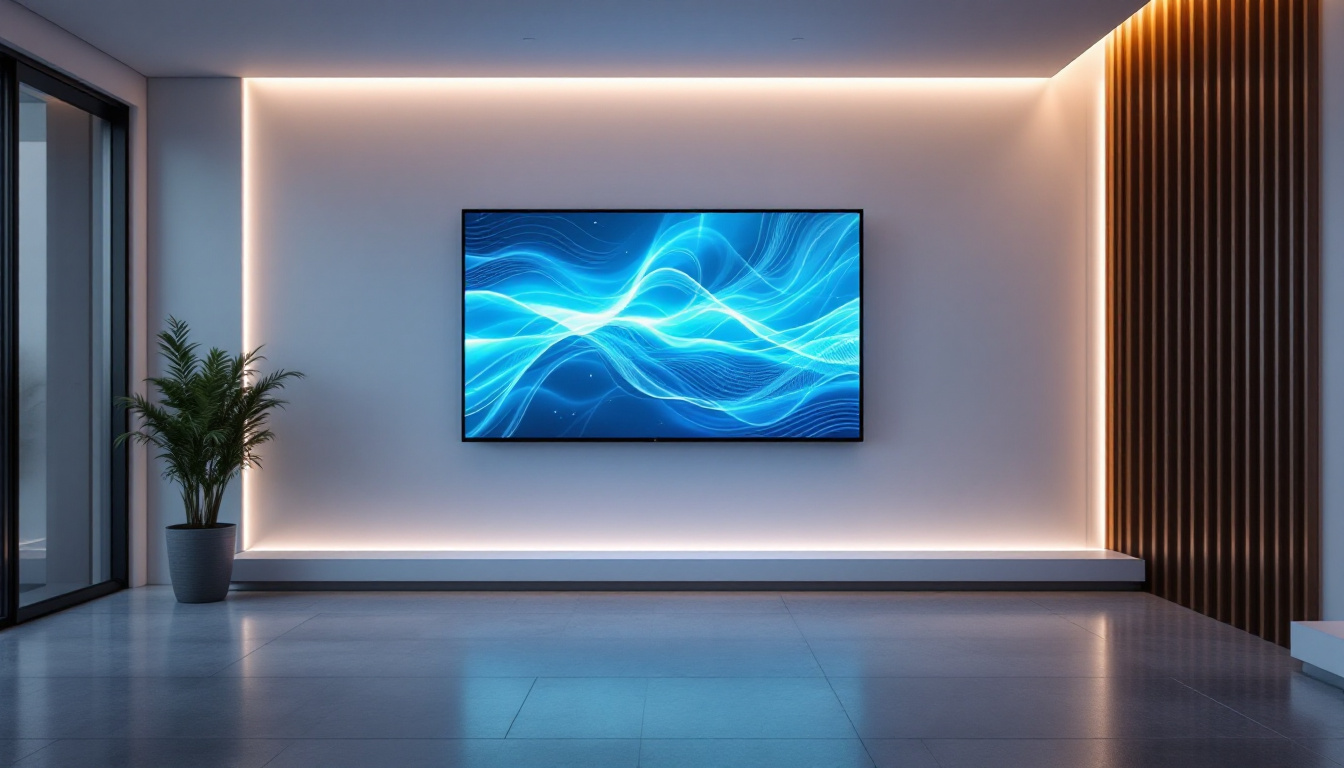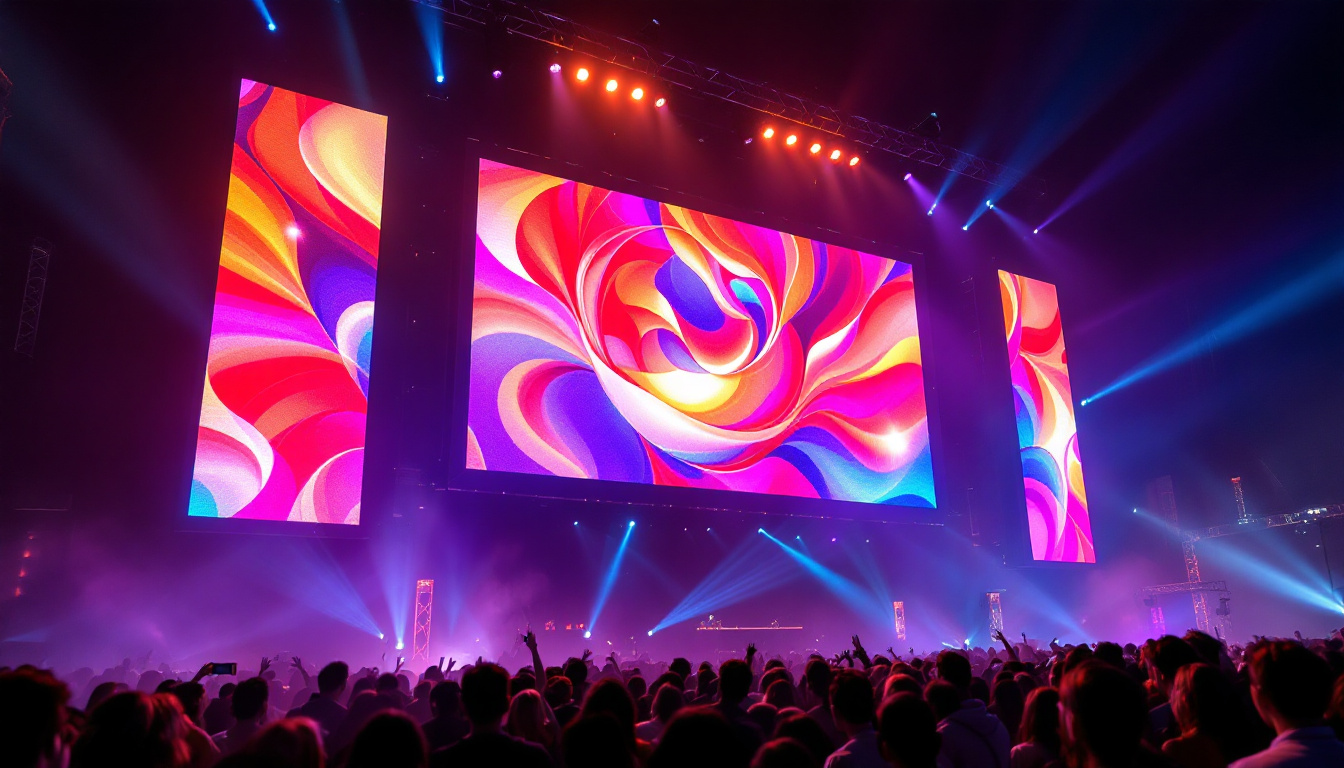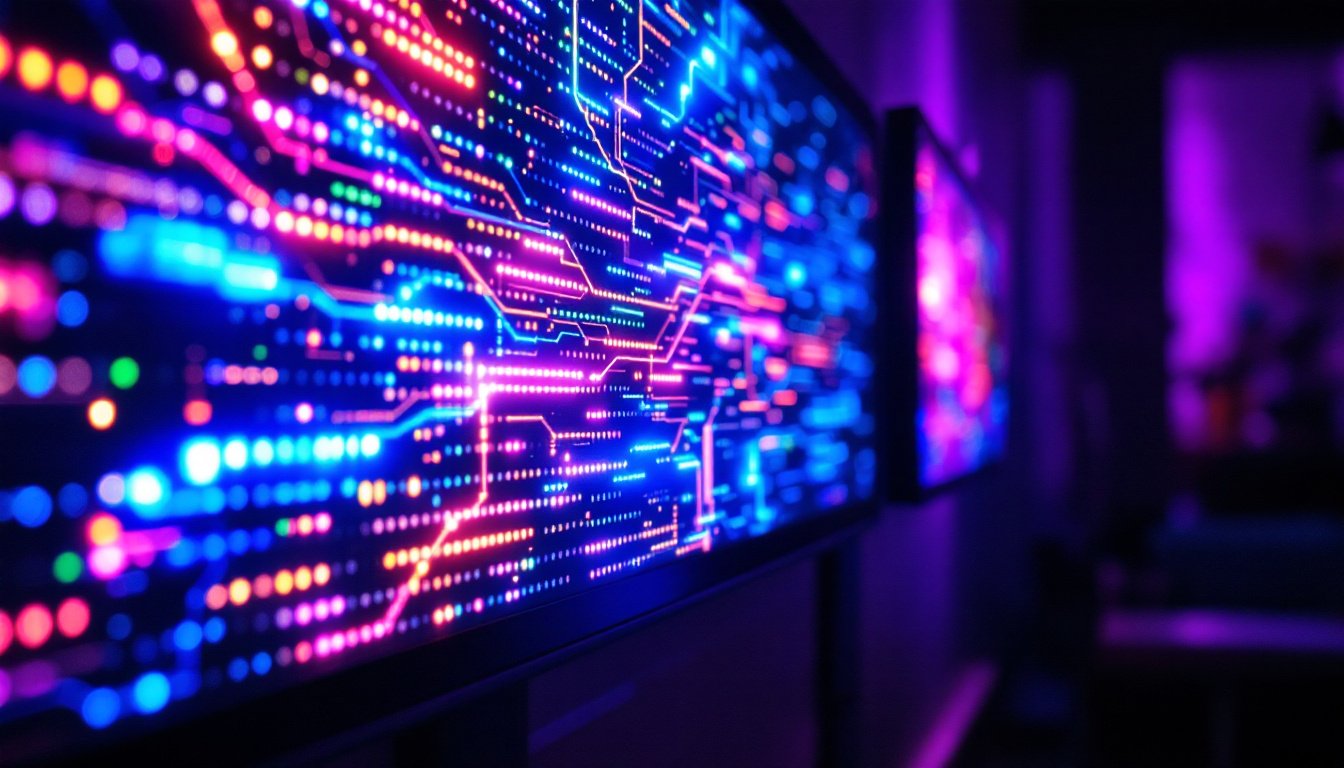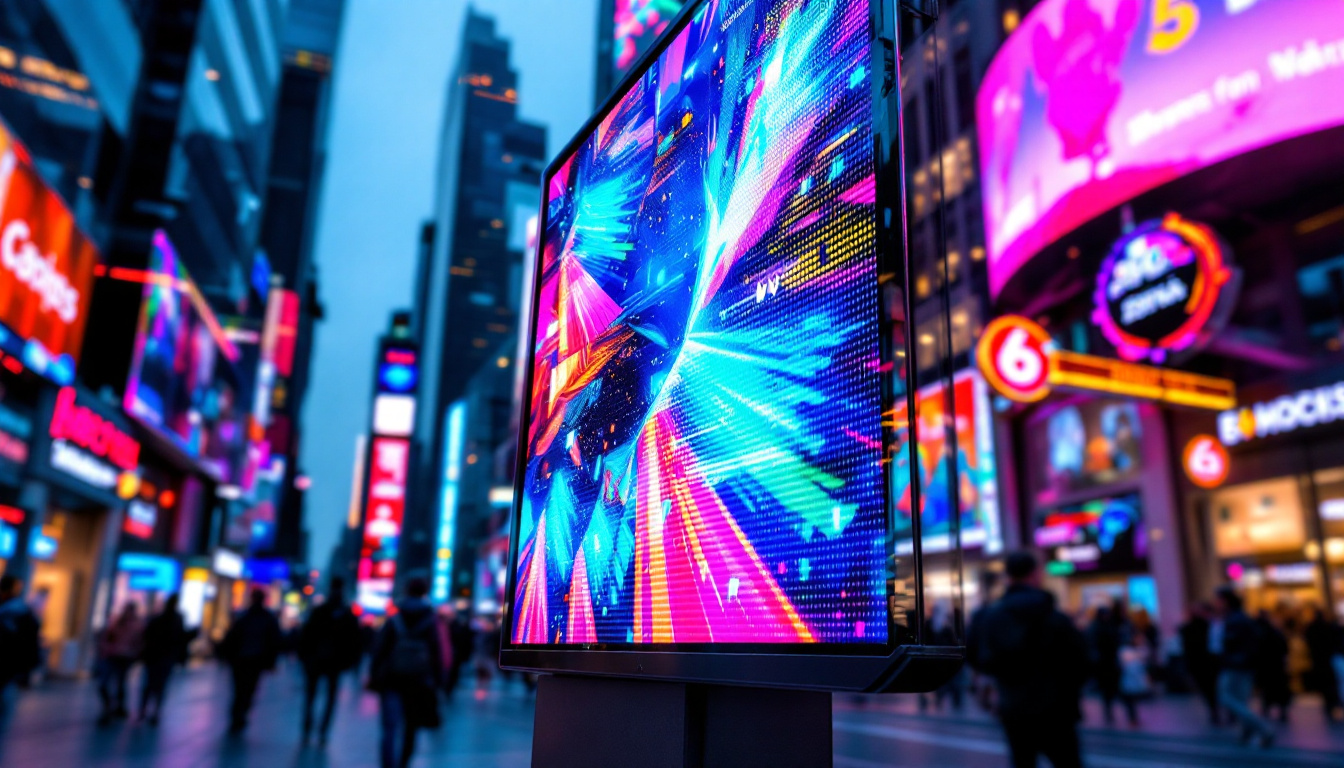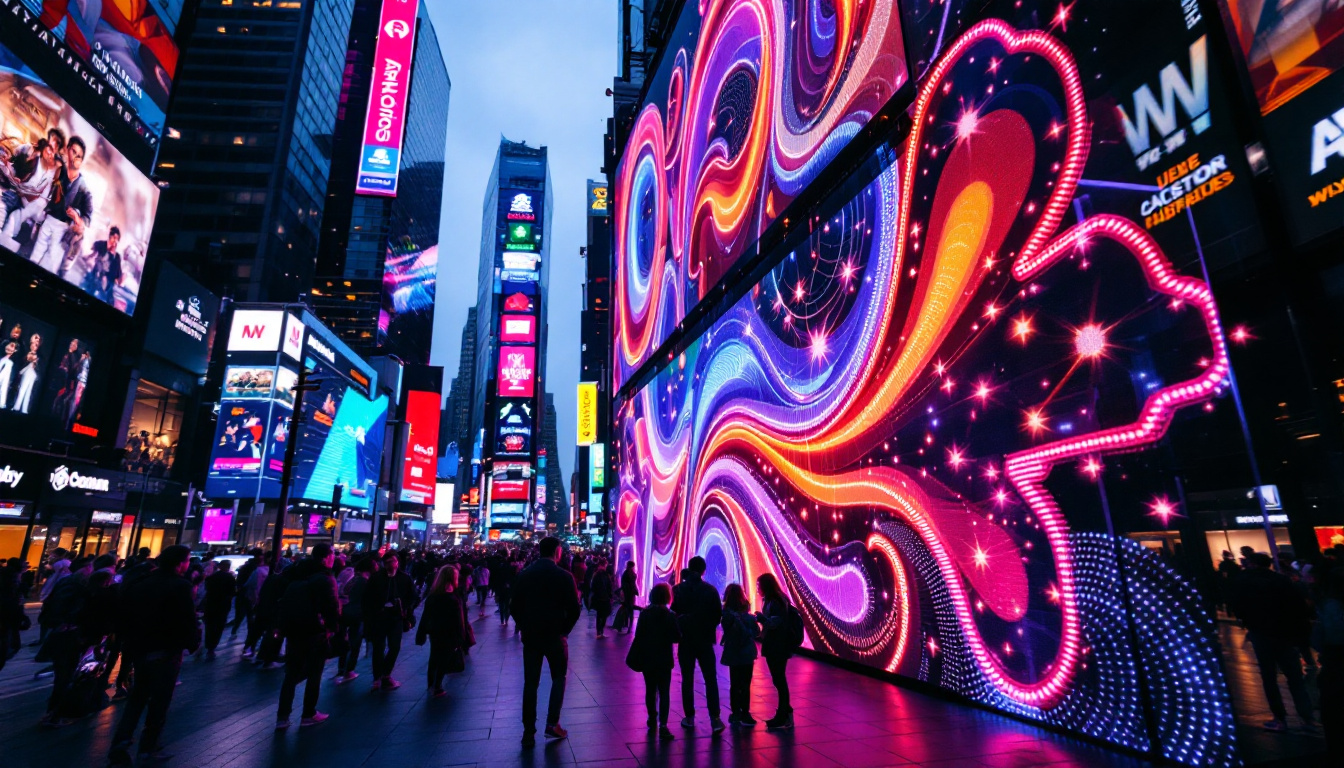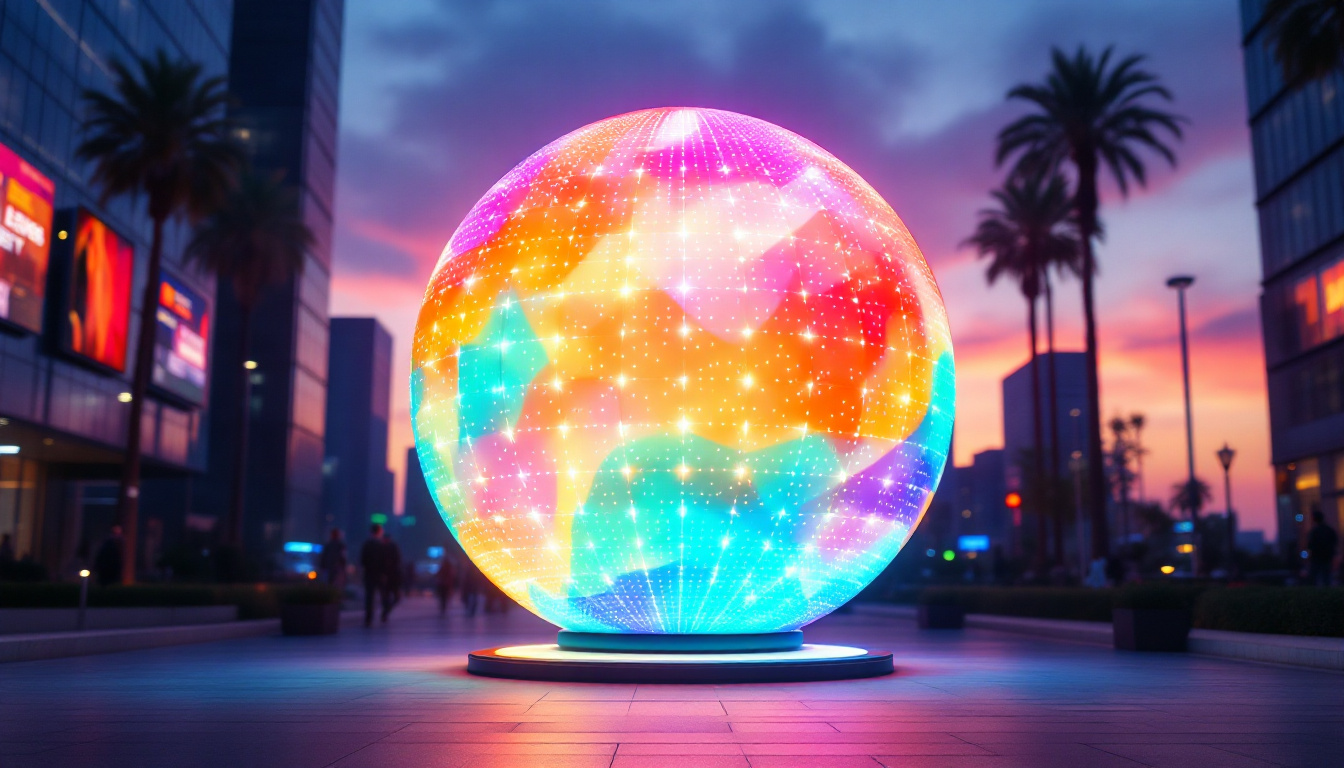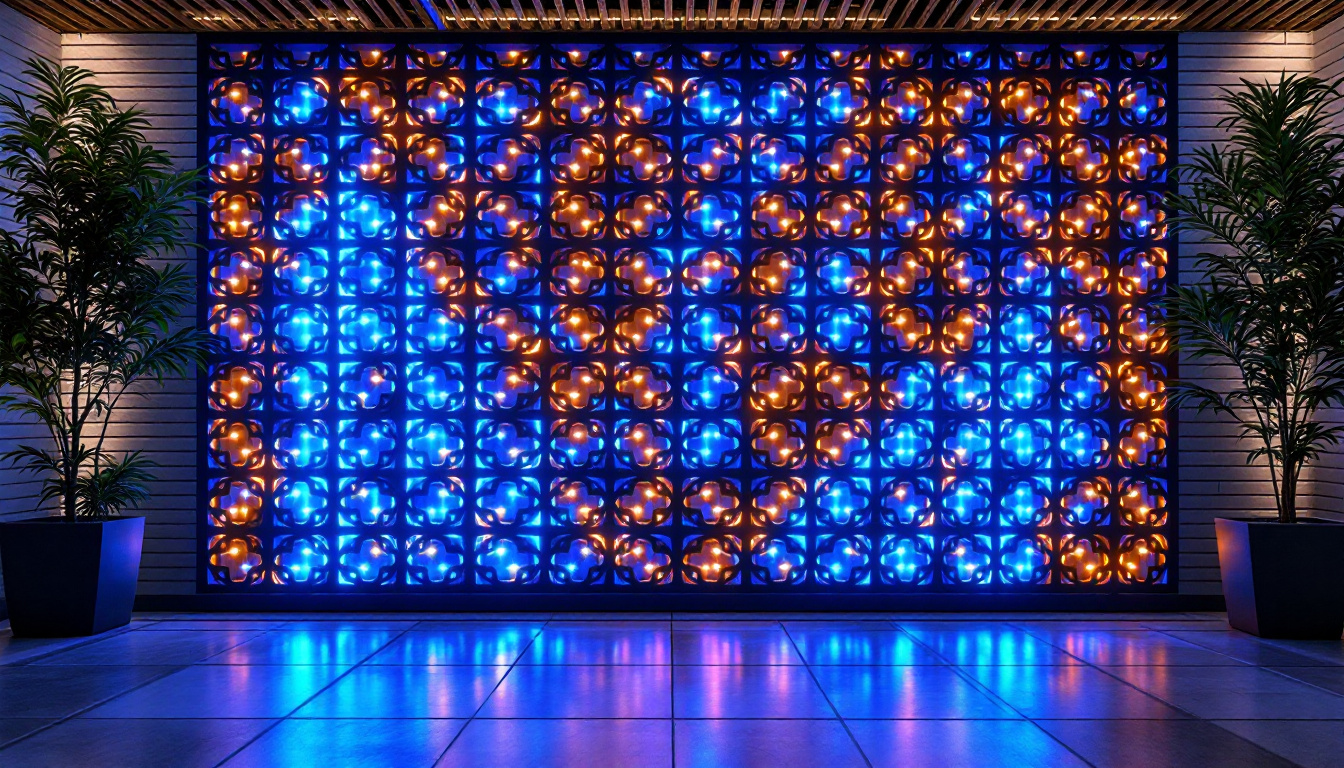In today’s fast-paced digital world, the significance of advertising has evolved dramatically. Among the various mediums available, LED displays have emerged as a powerful tool for marketers and businesses. This article delves into the intricacies of LED advertisement screens, exploring their technology, benefits, applications, and future trends.
Understanding LED Technology
Light Emitting Diodes (LEDs) are semiconductor devices that emit light when an electric current passes through them. LED technology has revolutionized the way visual content is displayed, offering a bright, vibrant alternative to traditional lighting methods. The efficiency of LEDs is remarkable, consuming significantly less energy compared to incandescent and fluorescent lights, which makes them not only cost-effective but also environmentally friendly. Their longevity, often lasting tens of thousands of hours, further enhances their appeal, reducing the need for frequent replacements and maintenance.
How LED Displays Work
LED displays consist of numerous tiny diodes that collectively create images and videos. Each diode emits light in red, green, or blue, and by adjusting the intensity of these colors, a wide spectrum of colors can be produced. This process is known as additive color mixing, where different colors combine to produce the desired hue. The precision of LED technology allows for brilliant color reproduction and exceptional brightness, making them ideal for high-definition displays. Moreover, advancements in LED technology have led to the development of features such as dynamic contrast and color calibration, which further enhance the viewing experience.
Typically, LED displays are categorized into two main types: direct view and backlit. Direct view LED displays are made up of individual LED modules that are placed close together, providing a seamless image. Backlit LED displays, on the other hand, use LEDs to illuminate an LCD panel from behind, enhancing brightness and contrast. This backlighting technique allows for thinner display designs, making them suitable for modern aesthetics in consumer electronics like televisions and computer monitors.
Types of LED Displays
LED displays come in various forms, each tailored for specific applications. The most common types include:
- Indoor LED Displays: These are designed for use in enclosed spaces, such as shopping malls, conference rooms, and theaters. They typically have a higher pixel density, resulting in sharper images viewed from shorter distances. Indoor displays often feature advanced technologies such as high refresh rates, ensuring smooth video playback and reducing motion blur.
- Outdoor LED Displays: Built to withstand environmental conditions, outdoor displays feature higher brightness levels and weather-resistant casings. They are often used for billboards, sports arenas, and public events. The ability to maintain visibility in direct sunlight is crucial for outdoor applications, and modern outdoor LEDs are engineered to achieve this without sacrificing color quality.
- Transparent LED Displays: These innovative screens allow light to pass through, making them ideal for storefronts and exhibitions. They provide an eye-catching display without obstructing visibility. Transparent displays are increasingly popular in retail environments, where they can showcase products while still allowing customers to see inside the store.
Another emerging type of LED display is the flexible LED screen, which can be bent or shaped to fit various surfaces. This versatility opens up new possibilities for creative installations, allowing designers to create immersive environments that engage viewers in unique ways. As technology continues to advance, we can expect to see even more innovative applications of LED displays, transforming how we interact with visual media in our daily lives.
Advantages of LED Advertisement Screens
LED advertisement screens offer numerous advantages that make them a preferred choice for businesses looking to enhance their marketing strategies. Here are some key benefits:
High Visibility and Brightness
One of the most significant advantages of LED displays is their exceptional brightness. Unlike traditional displays, LED screens can be viewed in direct sunlight without losing clarity. This feature makes them ideal for outdoor advertising, ensuring that messages reach a broad audience regardless of lighting conditions. Additionally, the vibrant colors produced by LED technology can captivate viewers, creating a lasting impression and increasing brand recall. Whether it’s a bustling city street or a crowded event, the high visibility of LED screens ensures that your advertisement stands out in any environment.
Energy Efficiency
LED technology is known for its energy efficiency. Compared to conventional lighting, LED displays consume significantly less power, which translates to lower operational costs. This eco-friendly aspect not only benefits businesses financially but also contributes to sustainability efforts. Furthermore, the long lifespan of LED lights means that businesses spend less on maintenance and replacement, making them a cost-effective investment over time. By choosing LED screens, companies can align their branding with environmentally responsible practices, appealing to a growing demographic of eco-conscious consumers.
Dynamic Content Capabilities
LED screens allow for dynamic and engaging content, which can be easily updated in real-time. Businesses can display promotional videos, animations, and live feeds, capturing the attention of passersby. This flexibility enables marketers to tailor their messages based on audience engagement and current events. For instance, during a major sporting event, a business can quickly switch its advertisement to feature relevant promotions, ensuring that it resonates with the audience’s interests at that moment. Moreover, the ability to integrate social media feeds or user-generated content can enhance interaction, creating a two-way communication channel that fosters community engagement and brand loyalty.
Cost-Effectiveness Over Time
While the initial investment in LED advertisement screens may be higher than traditional signage, the long-term savings are substantial. With their durability and low maintenance requirements, LED screens can last for years without significant degradation in quality. This longevity means that businesses can enjoy a consistent advertising presence without the frequent costs associated with replacing traditional billboards or posters. Additionally, the ability to change content frequently without incurring printing costs further enhances the cost-effectiveness of LED displays. As a result, companies can allocate their marketing budgets more efficiently, maximizing their return on investment.
Enhanced Audience Engagement
Another compelling advantage of LED advertisement screens is their ability to engage audiences in a more interactive manner. By incorporating touch technology or QR codes, businesses can create immersive experiences that encourage viewer participation. For example, a retail store might use an LED screen to run a contest where customers can scan a code to enter, thereby driving foot traffic and increasing sales. This level of interaction not only boosts engagement but also provides valuable data on consumer behavior, allowing businesses to refine their marketing strategies further. As consumers increasingly seek personalized experiences, the adaptability of LED screens positions brands to meet these evolving expectations effectively.
Applications of LED Displays
The versatility of LED displays has led to their widespread adoption across various industries. Here are some notable applications:
Retail Advertising
In the retail sector, LED displays serve as powerful tools for attracting customers. Retailers utilize these screens to showcase promotional offers, new product launches, and engaging visuals that enhance the shopping experience. By placing LED displays strategically within stores, businesses can guide customer behavior and increase sales.
Event Promotion
LED displays are commonly used at events, concerts, and festivals to deliver information and entertainment. They can display schedules, artist performances, and sponsor advertisements, creating an immersive experience for attendees. The ability to change content on-the-fly allows event organizers to keep audiences informed and engaged.
Transportation Hubs
Airports, train stations, and bus terminals have also embraced LED technology. These displays provide real-time information regarding arrivals, departures, and delays, ensuring that travelers are well-informed. Additionally, advertisements can be integrated into these displays, generating revenue for transportation authorities.
Challenges and Considerations
While LED advertisement screens offer numerous benefits, there are challenges and considerations that businesses must address when implementing this technology.
Initial Investment Costs
The upfront costs of purchasing and installing LED displays can be significant. Businesses need to evaluate their budget and determine the return on investment (ROI) before making a commitment. However, considering the long-term energy savings and advertising potential, many find the investment worthwhile.
Maintenance and Upkeep
LED displays require regular maintenance to ensure optimal performance. Dust, dirt, and environmental factors can affect image quality over time. Businesses must factor in maintenance costs and establish a routine cleaning schedule to keep their displays in top condition.
Content Management
Creating and managing content for LED displays can be complex. Businesses need to invest in software and training to ensure that their marketing teams can effectively utilize the technology. Additionally, staying updated with design trends and audience preferences is crucial for maintaining engagement.
Future Trends in LED Advertising
The landscape of LED advertising is continually evolving, driven by technological advancements and changing consumer behaviors. Here are some future trends to watch:
Integration with Augmented Reality (AR)
As AR technology gains traction, the integration of LED displays with augmented reality is becoming more prevalent. This combination allows businesses to create interactive and immersive experiences for consumers. For instance, AR-enabled LED displays can overlay digital content onto the physical world, enhancing product demonstrations and advertisements.
Smart Displays
The rise of smart technology is influencing the development of LED displays. Smart displays can connect to the internet, allowing for real-time data analysis and targeted advertising. By leveraging analytics, businesses can tailor their messages based on audience demographics and behavior, increasing the effectiveness of their campaigns.
Environmental Sustainability
As sustainability becomes a priority for consumers, businesses are increasingly focusing on eco-friendly practices. Future LED displays are likely to incorporate recyclable materials and energy-efficient technologies. This shift not only meets consumer expectations but also aligns with global efforts to reduce carbon footprints.
Conclusion
LED advertisement screens have transformed the advertising landscape, offering businesses a dynamic and effective way to engage with their audiences. With their high visibility, energy efficiency, and versatile applications, LED displays are set to play a crucial role in the future of marketing.
As technology continues to advance, businesses must stay informed about the latest trends and developments in LED advertising. By embracing this innovative medium, companies can enhance their brand visibility, connect with consumers, and ultimately drive sales.
In summary, the journey of LED displays is just beginning, and those who harness their potential will undoubtedly gain a competitive edge in the ever-evolving marketplace.
Discover LumenMatrix’s Innovative LED Solutions
Ready to elevate your advertising strategy with the latest in LED technology? Look no further than LumenMatrix, a pioneer in crafting LED display modules designed to make your brand shine. From the immersive Indoor LED Wall Display to the robust Outdoor LED Wall Display, and from the dynamic Vehicle LED Display to the sleek LED Poster Display, LumenMatrix offers a comprehensive range of solutions tailored to your needs. Experience the future of visual communication with our LED Sports Display, Floor LED Display, Custom LED Display, All-in-One LED Display, and LED Transparent Display. Embrace the power of LED and transform your advertising with displays that captivate and engage. Check out LumenMatrix LED Display Solutions today and start creating unforgettable visual experiences.

